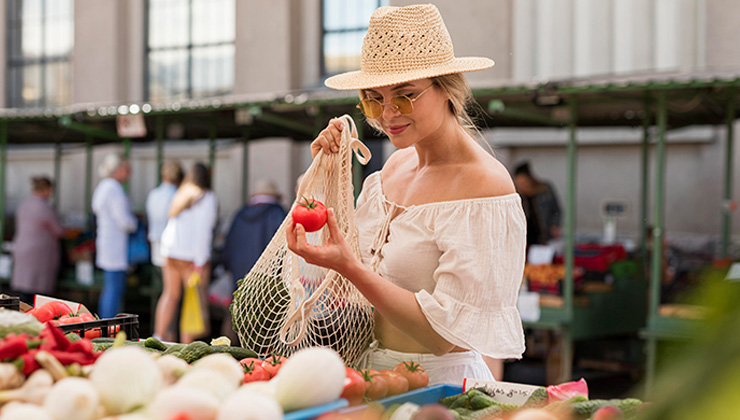The safety and quality of food products are key priorities in the European Union (EU). To ensure these standards, the EU has implemented Regulation (EU) 2017/625, which introduces stricter and more coordinated procedures for the inspection of foodstuffs, including fruits.
Physical and Documentary Inspections
Inspections at EU borders are carried out by the competent authorities of each member state and include:
- Physical and documentary inspections: Documentation is verified and a visual analysis of the products is carried out.
- Laboratory tests: Tests are carried out to detect pesticide residues, microbiological contaminants and other possible risks.
Physical Inspections
Regulation (EU) 2017/625 lays down a number of mandatory physical inspections:
- Animal and Merchandise Control: This includes visual and physical inspection of animals and products.
- Control of packaging and means of transport: The condition and suitability of the containers and vehicles used for transport are verified.
- Labelling and temperature: Checking that the labelling is correct and that the temperature of the products is adequate.
- Sampling for analysis: Samples are taken for necessary analysis, testing, or diagnosis.
Document Verification
In addition to physical inspections, Regulation (EU) 2017/625 provides for rigorous documentary inspections:
- Verification of accompanying documents: Certificates, permits and other documents that accompany the products are checked.
- Log review: Records maintained by businesses, such as those for production, transportation, and storage, are inspected.
- Control of import and export documents: The documentation related to the import and export of agri-food products is verified.
- Management system audits: The quality and safety management systems implemented by companies are evaluated.
Laboratory Analysis
Laboratory analyses are essential for official controls in the agri-food chain:
- Microbiological analysis: To detect pathogens such as Salmonella, E. coli and Listeria in food and feed.
- Chemical analysis: To identify pesticide residues, environmental contaminants, and unauthorized additives. Include:
- Residue sampling and analysis: Food and feed samples are taken to test for the presence of pesticide residues.
- Maximum Residue Limits (MRLs): Products must not contain pesticide residues that exceed the established MRLs.
- Risk-based controls: Analyses are conducted according to a risk-based approach, prioritizing products and substances that pose the greatest risk to public health.
- Veterinary residue analysis: To detect residues of veterinary medicinal products in products of animal origin.
- DNA analysis: To verify the authenticity of products and detect genetically modified organisms (GMOs).
- Plant health tests: To identify pests and diseases in plants and plant products.
At CEIMIC, we have vast experience in pesticide analysis and are recognized for our accuracy and reliability in residue detection. We offer a full range of analysis services for agro-exporters who want to ship their products to the European Union, ensuring that they meet the strict requirements of Regulation (EU) 2017/625. With our advanced sampling methods and risk-based testing, we help exporters ensure that their products do not exceed the established Maximum Residue Limits (MRLs), thus protecting public health and ensuring the acceptance of their products in the demanding European market.
Ceimic. Life Sciences Testing Group.
It´s about life.
#SeguridadAlimentaria #UniónEuropea #CalidadAlimentaria #ReglamentoUE #LifeSciences #ControlDeCalidad #CEIMIC #ItsAboutLife


Recent Comments